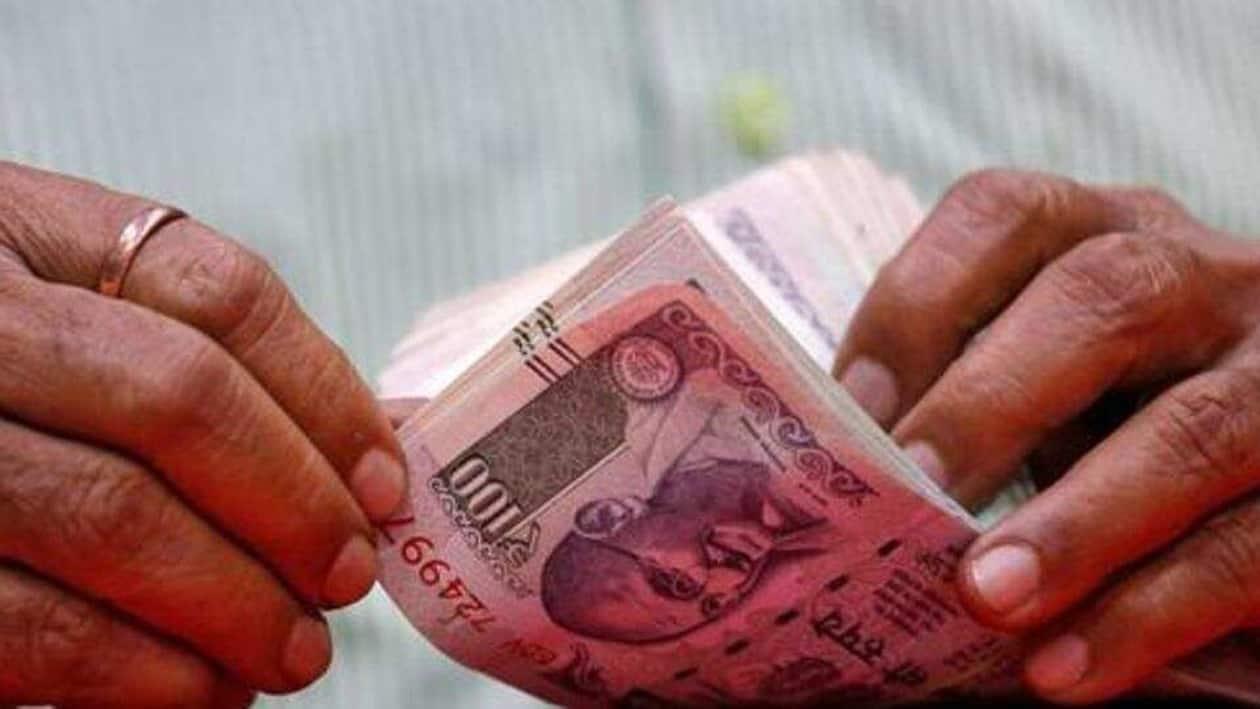Culmination of financial year i.e., March 31 is a momentous day for income tax purposes. It is the last day to make investment in tax saving schemes. This also happens to be the last day to link you aadhaar to the Permanent Account Number (PAN). Not to mention this is the day to clear your advance tax liabilities and even file belated income tax returns.
"If you are a taxpayer, March 31 is very relevant for you. Make sure as an assessee you complete a few important things before March 31. An assessee should invest in different tax-saving instruments for deduction under various income tax sections such as under Sec 80C. They should link the Aadhaar card with the PAN before 31st March 2022. If they fail to do so, then it will lead to the inactivation of PAN cards and a penalty of Rs. 10,000," says Neha Nagar, CEO of Taxationhelp.in.
"The deadline to pay advance tax is also on March 31. Any taxpayer who has to pay an amount of ₹10,000 or more for the year is required to pay advance tax. The fourth installment had to be paid by March 15, 2022, but taxpayers can pay the advance tax for FY 21-22 on or before March 31, 2022," she adds.
Let us give the lowdown on the things taxpayers must do before the year comes to a close:
First and foremost, tax payers must make tax-saving schemes such as public provident fund (PPF), NPS (National Pension System), SSY (Sukanya Samridhi Yojana), ELSS (Equity Linked Saving Scheme), among others.
At the time of filing income tax for financial year 2021-22, the investments made only in this financial year will be taken into account. For instance, someone who has a taxable income of ₹8 lakh and he makes investment in tax saving instruments to the tune of ₹one lakh, out of which he invests 70,000 before March 31 and the remaining ₹30,000 after this date – then only ₹70,000 deduction will be allowed for financial year 2021-22.
Consequently, his taxable income for 2021-22 will be ₹7,30,000 ( ₹8 lakh – 70,000).
Let’s elaborate some of these deductions:
Public Provident Fund: Primarily meant for small investors, minimum contribution for PPF account isRs500. The contribution must be made before March 31, 2022.
Sukanya Samridhi Yojana: The minimum deposit for this scheme isRs250 while the maximum is Rs1.5 lakh. The account can be opened in the name of a girl child but before she attains the age of 10. Only one account — in post officers and in authorised banks — can be opened in the name of a girl child.
National Pension System: It is a government-run market-linked pension savings vehicle. Just as mutual funds, it is reliant on the success of pension fund management and the market.
Equity Linked Saving Scheme:An ELSS is a mutual fund scheme that bears market-linked returns from equities and equity-oriented securities. It is atax-saving schemefor individuals who are looking for an investment option. It has a lock-in period of only three years.
Pay advance tax
The logic behind advance tax is ‘pay as you earn’. When you calculate income tax liability and it is estimated to be ₹10,000 (after TDS cuts), you are meant to pay advance tax before the financial year closing.
Advance tax is payable by any taxpayer who has sources of income other than salary. The requirement for advance tax for a salaried person doesn’t arise since employer usually deducts tax on salary every month.
In case taxpayers have earned income through other sources such as capital gains, interest from deposits or rental income — it is vital to pay advance tax.
The tax payers must pay advance tax in instalments and the last date of final instalment is March 15. This means if a taxpayer has an outstanding liability, they must clear it before March 15 to avoid penalty.
| Last date | All tax payers | Under presumptive tax scheme |
| June 15 | Minimum 15% | NIL |
| Sept 15 | Minimum 45% | NIL |
| Dec 15 | Minimum 45% | NIL |
| Mar 15 | Minimum 100% | 100 percent of advance tax |
Linking of PAN and Aadhaar
The deadline to link PAN to Aadhaar is now March 31.Anyone can link their PAN with Aadhaar by visiting the income tax e-filing portal, i.e., incometaxindiaefiling.gov.in.
Once you are logged in to the income tax website, a pop-up window will appear on the screen. It will prompt you to link your PAN with Aadhaar.
Just in case you don’t receive the pop-up, you can go to the profile settings on ‘Menu’ bar and there, you can click ‘Link Aadhaar’.
Here you would notice that your details such as name date of birth and gender will already be mentioned as per your PAN card details.
And if the details happen to match, you should enter your Aadhaar number and click on the “link now” button. Then a pop-up message will inform you that your Aadhaar has been successfully linked to your PAN.
One can alternatively visit https://www.utiitsl.com or https://www.egov-nsdl.co.in/ to be able to link PAN to Aadhaar
File belated income tax return
There is a provision in the income tax law that entitles tax payers to file a revised income tax return for those tax payers who made a mistake, albeit inadvertently, at the time of filing their income tax returns. But tax payers must ensure that they file their income tax returns before March 31.
This essentially means filing a new return that overshadows the previous return. There could be a number of reasons for the mistakes that may have come up in the income tax return filing process.
These reasons include the following:
A. Posting incorrect bank account details
B. Writing incorrect personal information
C. Lack of cohesion of income between the tax return and FORM 26AS
D. Omission of recording foreign income
